There are many stories in this garden. I arrived on a whim because the place refused to sell after my mother died. There were plans to sell it at auction, but I didn’t want that to happen as my mother loved it so much here. So I bought it myself. I dug many new beds, removed most of the non-cutting plants (and conifers) that were growing in the garden and moved my cut-flower business from Herefordshire on several lorries.
You may also like
- Charlie Ryrie on how to make a Christmas wreath
- How to make beautiful buttonhole flowers
- 19 easy seeds to sow outdoors
Back when I started growing, in Herefordshire, more than 20 years ago, I gave myself an acre to fill with mixed perennials; I planted foliage and added bulbs and annuals. I planned to concentrate on mail order, but soon events and weddings took over. Within five years, I had expanded into another three acres.
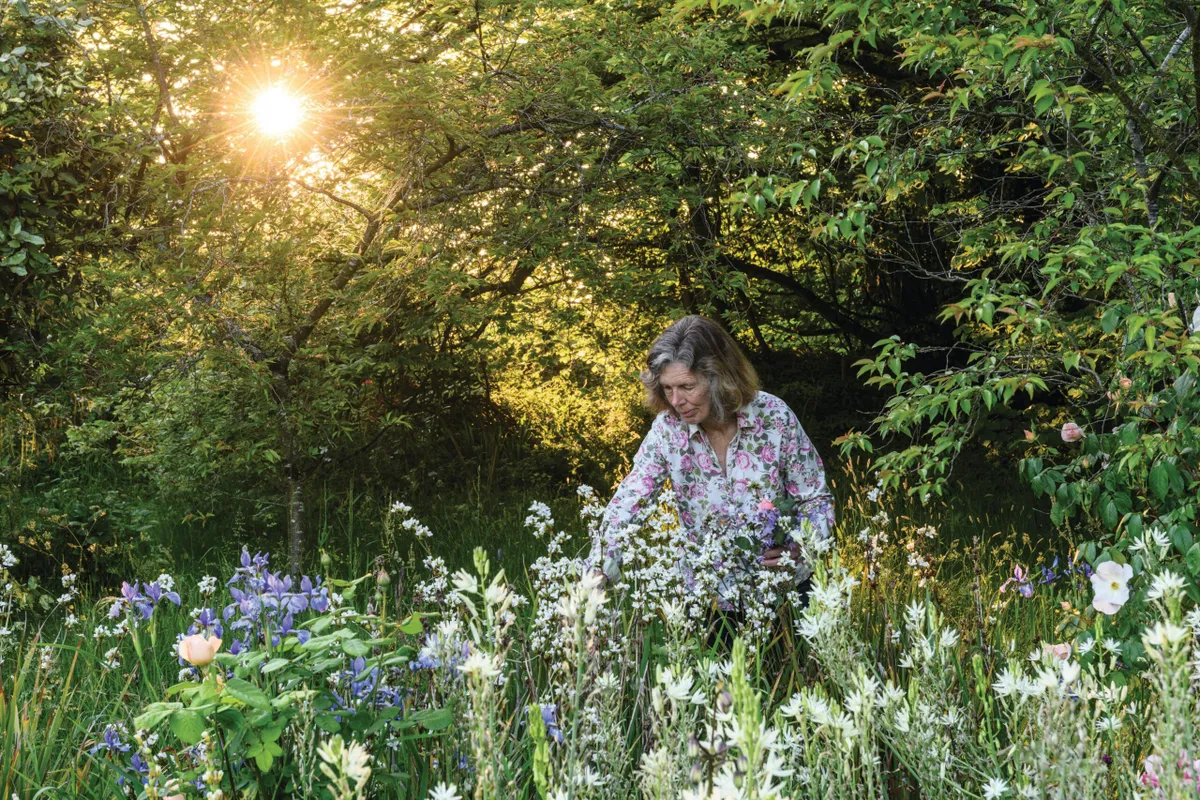
I remember my joy at the first massed tulips and blocks of dancing white corncockles, my slight smugness at producing spectacular delphiniums. The Herefordshire light clay soil was accommodating, perhaps as excited as I was to be hosting such variety after years as starved pony paddocks.
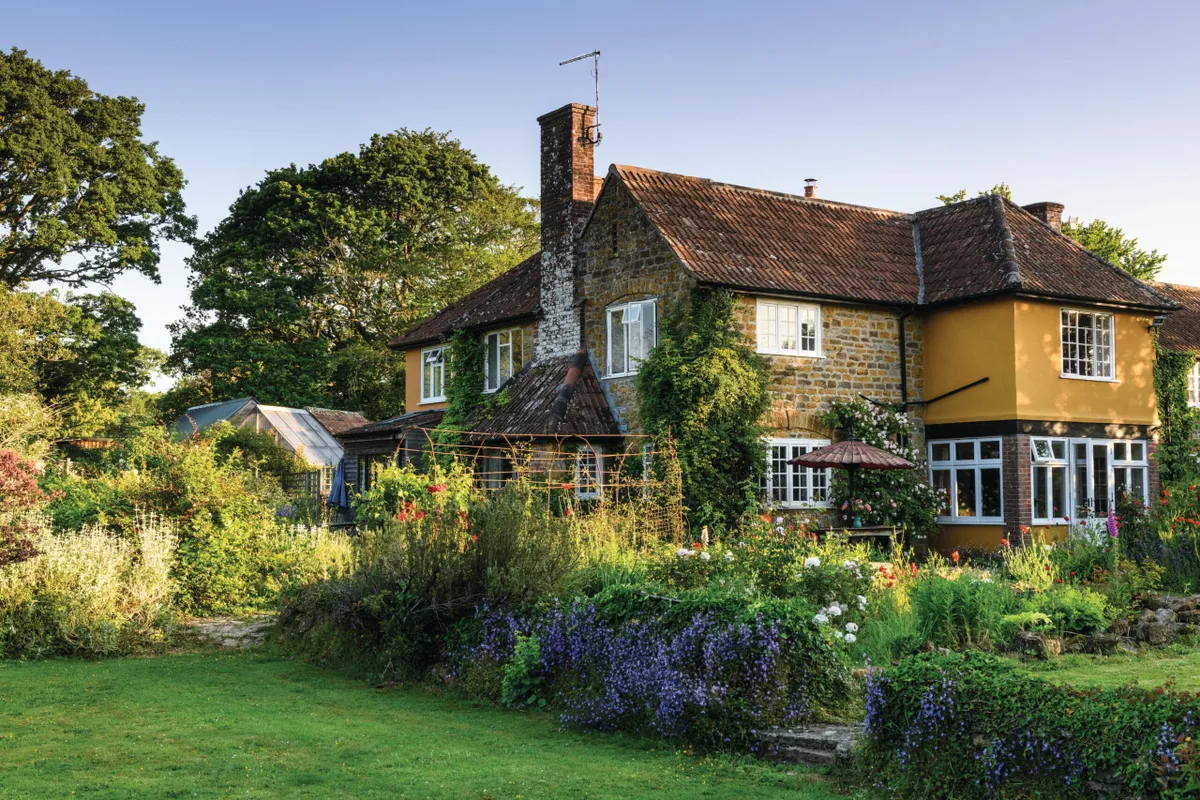
It was wonderful to have an excuse to experiment with growing whatever I wanted, but I soon found it hard to retain excitement for rows of neat seedlings and well-weeded beds. I enjoyed using foraged and wild materials alongside beauties from the cutting field, so I planted more foxgloves, lysimachias, crocosmias and persicarias. I dispensed with dahlias and cut down on annuals. I wanted wilder flowers, more diversity.
After a decade, I moved here to warmer, damper Dorset, which forced more changes to my palette. The soil is heavy, poorly draining greedy clay, which I fed and mulched with muck and composts in early winter, but otherwise left. Many perennials that came with me sulked or worse, so I invested in several hundred roses that liked heavier soil. Some overbred forms didn’t much care for it, and the garden didn’t much care for them either.
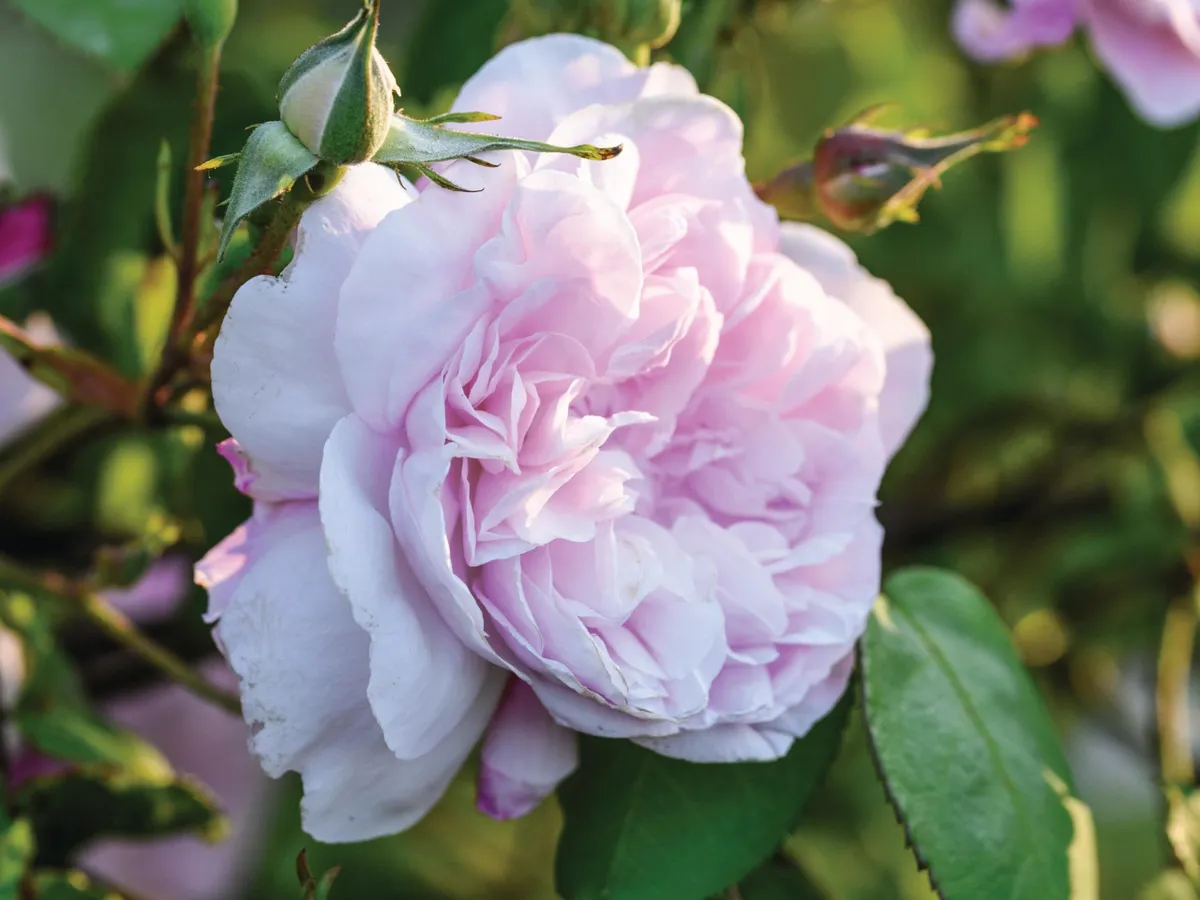
When the pandemic struck, and event work stopped, I kept some mail-order going, but otherwise stopped cutting blooms and allowed myself to observe the gardens. I noticed that many weeds found a useful role as living mulches; how grasses around shrubs funnelled moisture downwards and stopped heavier ground from cracking. Not everything flourished – shallow-rooted astrantias and geums vanished under an onslaught of buttercups and enchanters nightshade, and ground elder tangled into the roots of phlox, but it was lack of regular deadheading rather than minimal weeding that hampered continuous blooming.
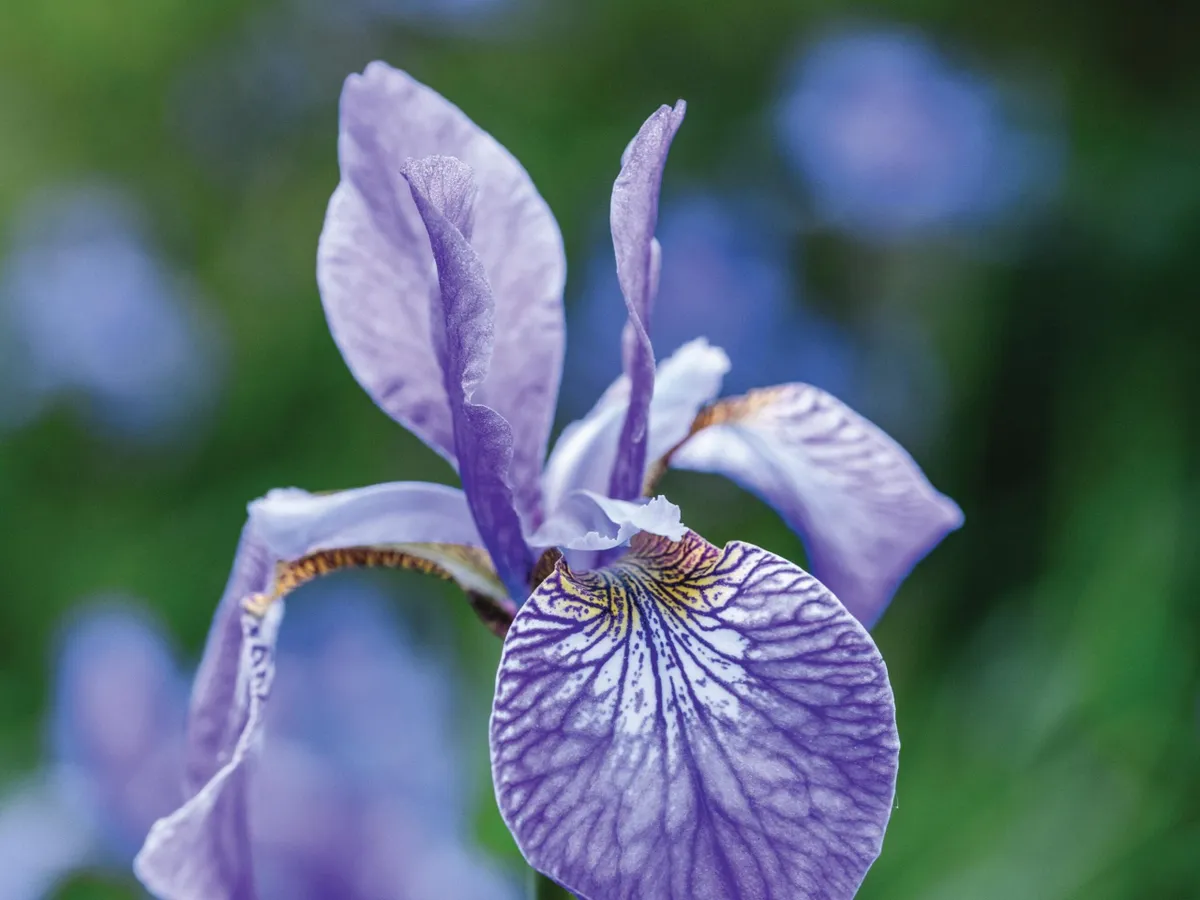
The pandemic also pushed me back to writing and other work, and a renewed focus on making the garden more sustainable. I had already stopped regular mowing, and sowed yellow rattle beneath the orchard trees. The first year, the long grass was so thick it was a hideous job cutting it back in August after the rattle had seeded, but within three years, orchids, vetches and other wildflowers moved into the lighter grass, which is easily cut with a domestic mower. Grass under the oak and lime trees got colonised by snowdrops, crocuses, narcissi, wood anemones, bluebells and orchids, edged by camassia and nectaroscordum. I would mow once in earliest spring and then not until late autumn.
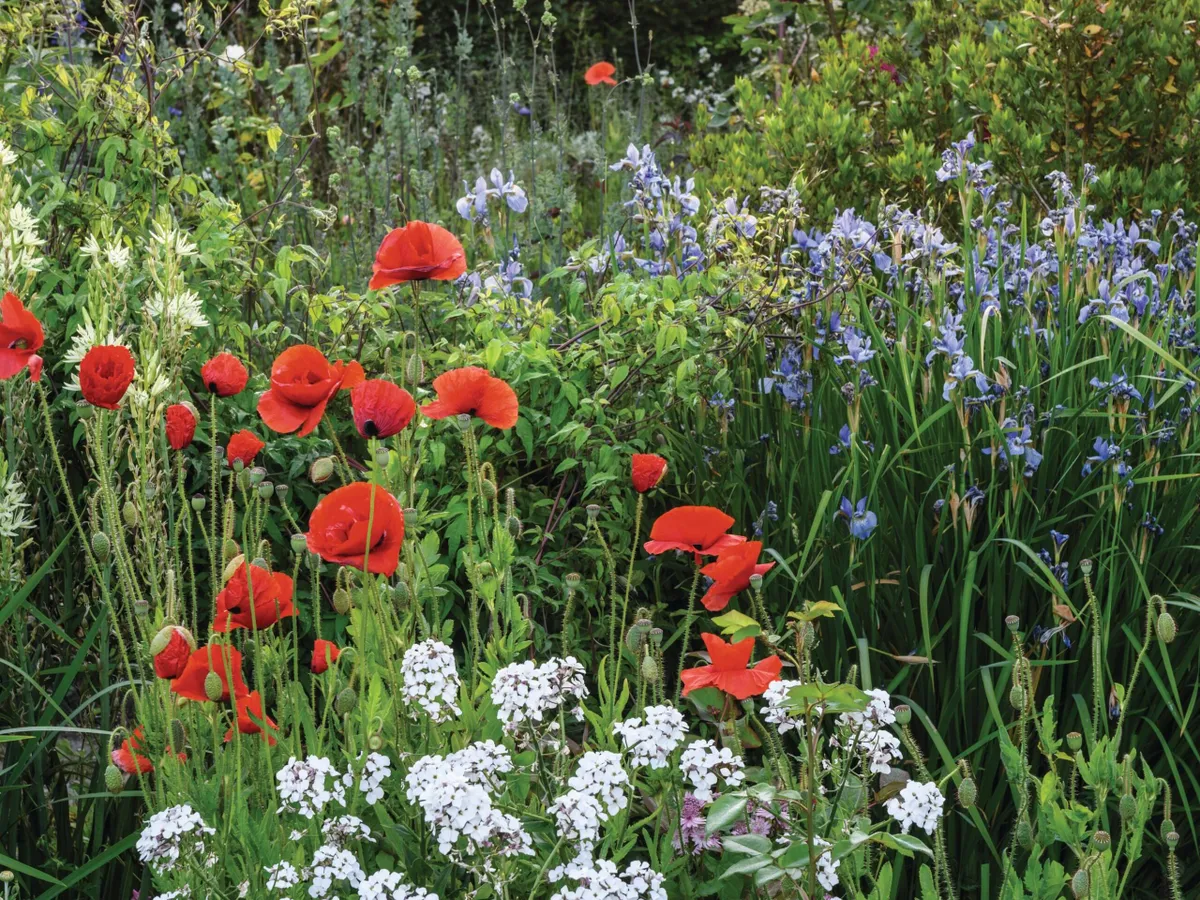
As I changed my style and focus, most cutting roses and perennials from my cutting field went to new homes, leaving old shrub roses Rosa ‘Fantin-Latour’ and Rosa ‘Madame Hardy’. These looked magical blooming above native grasses, drifts of quaking grass Briza maxima, feathery smooth meadow grass Poa pratensis and spires of sweet vernal Anthoxanthum odoratum. Waves of creeping bent Agrostis stolonifera, crested dog’s tail Cynosurus cristatus and others mingled with shallow-rooting sisyrinchiums and foxgloves to glorious effect.
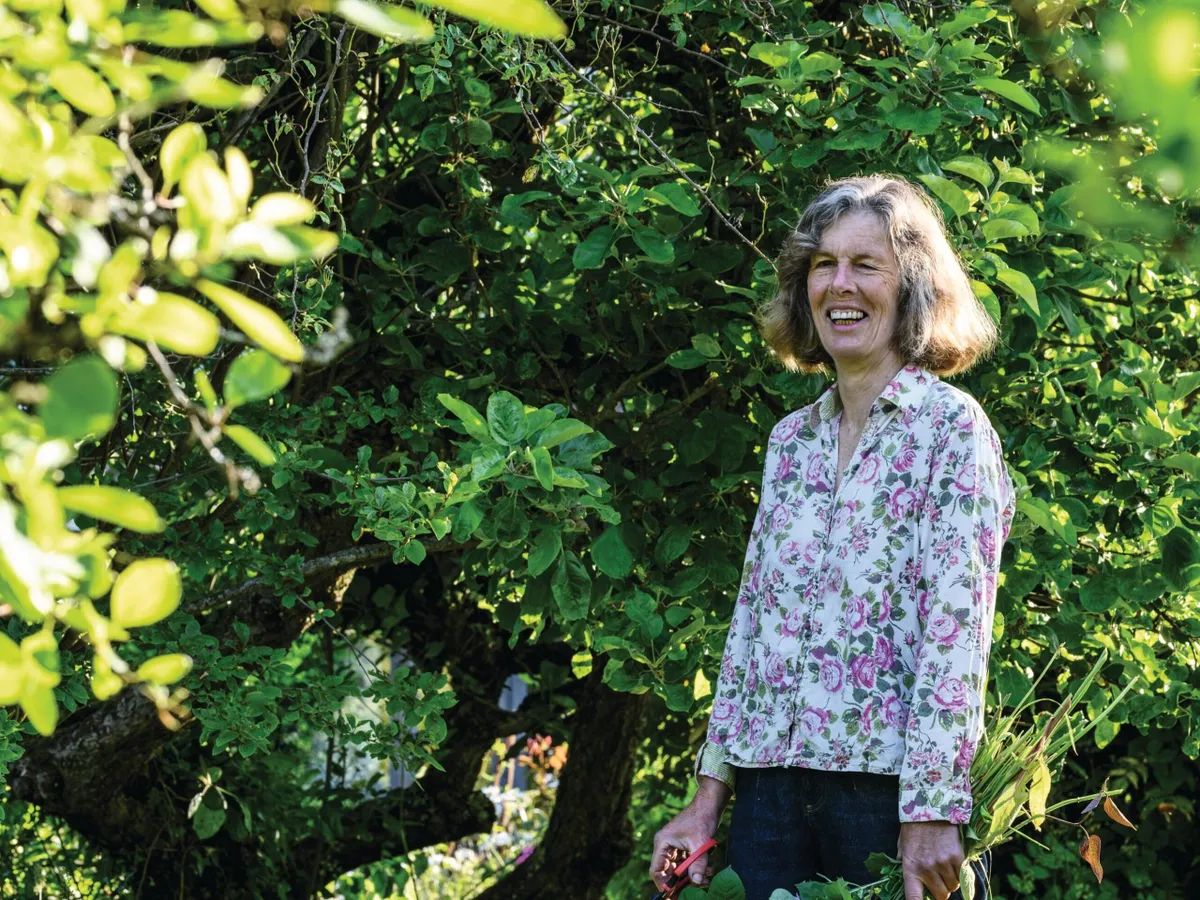
You can’t just stop weeding and expect everything to thrive, but few shrubs object, and deep-rooted perennials don’t care unless weeds form an impenetrable mat and prevent air or water from circulating. I stopped favourites being overwhelmed by brambles, goosegrass or bindweed; fussier subjects departed.

I ensured there was a glorious variety of flowering plants from early bulbs until winter witch hazel. Favourites included clouds of libertia, drifts of Iris sibirica, the surreal curly spikes of Veronicastrum, and deep indigo-blue Baptisia. Wandering foxgloves, poppies and verbascum were joyous; clematis covered arches and clambered through roses.
I shared the gardens with voles, shrews and weasels, toads, grass snakes and hedgehogs, and an occasional deer. The air filled with birdsong, and I took time to listen. Twenty years of growing flowers for cutting had been a fascinating adventure, but then my garden and my work quietly moved into a different phase – still flower-filled but wilder and less demanding.
I spent two years planning a writing school to combine with my own writing when I stopped growing cut flowers. I had wonderful tutors lined up and a healthy amount of interest. It was planned as the ideal project to futureproof living in this lovely place.

Then, I developed an unexpected eye problem. For more than six months, I could not drive. I could scarcely make out letters, and I found facial recognition awkward. Not great qualities for hosting a writing school with no public transport or shops nearby. Things are improving slowly, but may never be right.
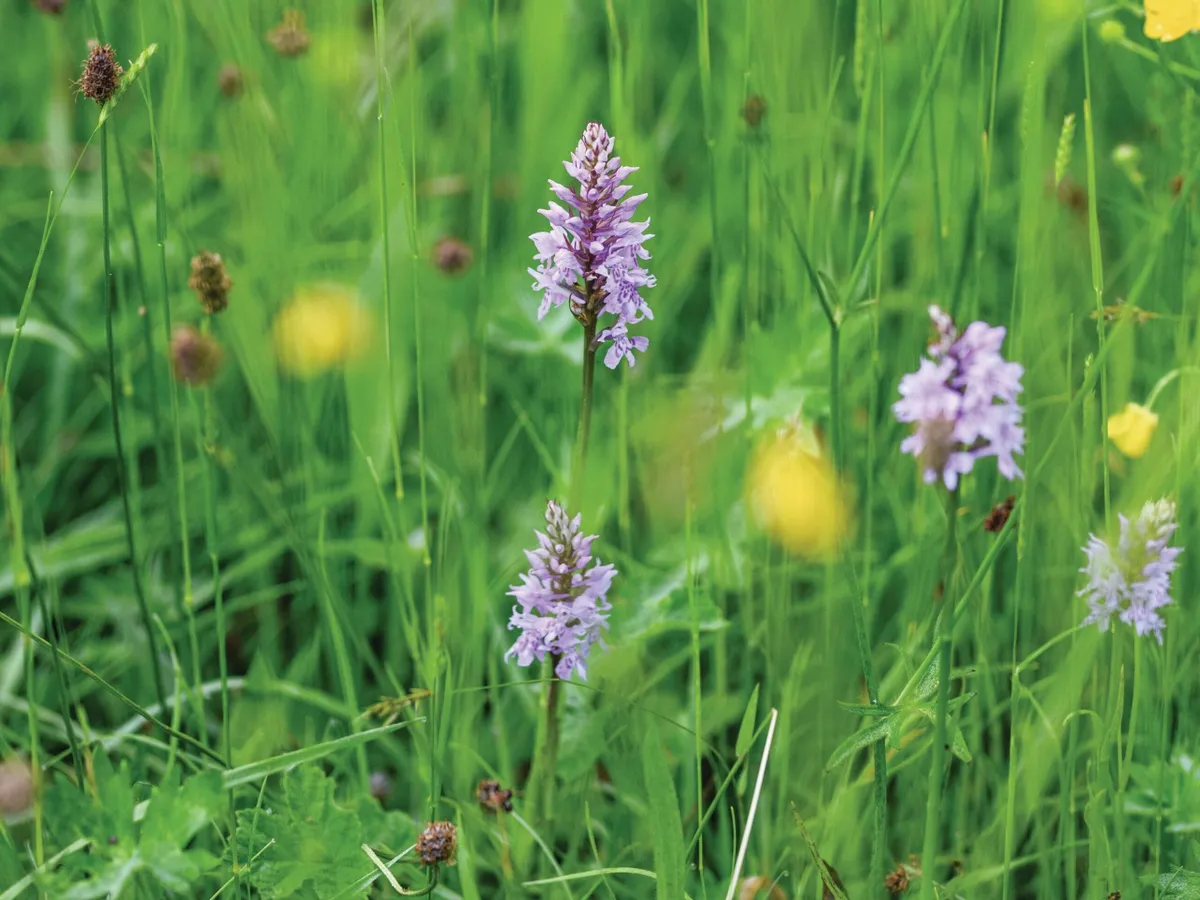
So now, I am leaving here, and I feel it’s okay to leave. This was not my plan, but every garden has stories and I suppose this is just the next episode. This garden has been very big hearted. It allowed me to push and pull it into various directions to grow flowers for cutting – not something this heavy non-draining soil had probably dreamed of. And, when I relaxed and listened to what the garden wanted, it responded with amazing new generosity and such beauty that sometimes I’d catch myself, hardly able to believe my good fortune at living here. I love this place.

I have faith that the new custodian, designer Joe Swift, will keep the gardens partly wild but inevitably sharpen up bits and smarten up my rather relaxed house. I hope he and his family will be happy here for a long, long time. As for me, I am going to take on a project, which I hope will make my recent frustration fade. It’s tiny in comparison – only a quarter of an acre below a currently tatty house – but with a stunningly beautiful view. Already I am dreaming of a flock of cornus, swarms of iris and libertia, lots of grasses, clambering clematis and wild favourites.
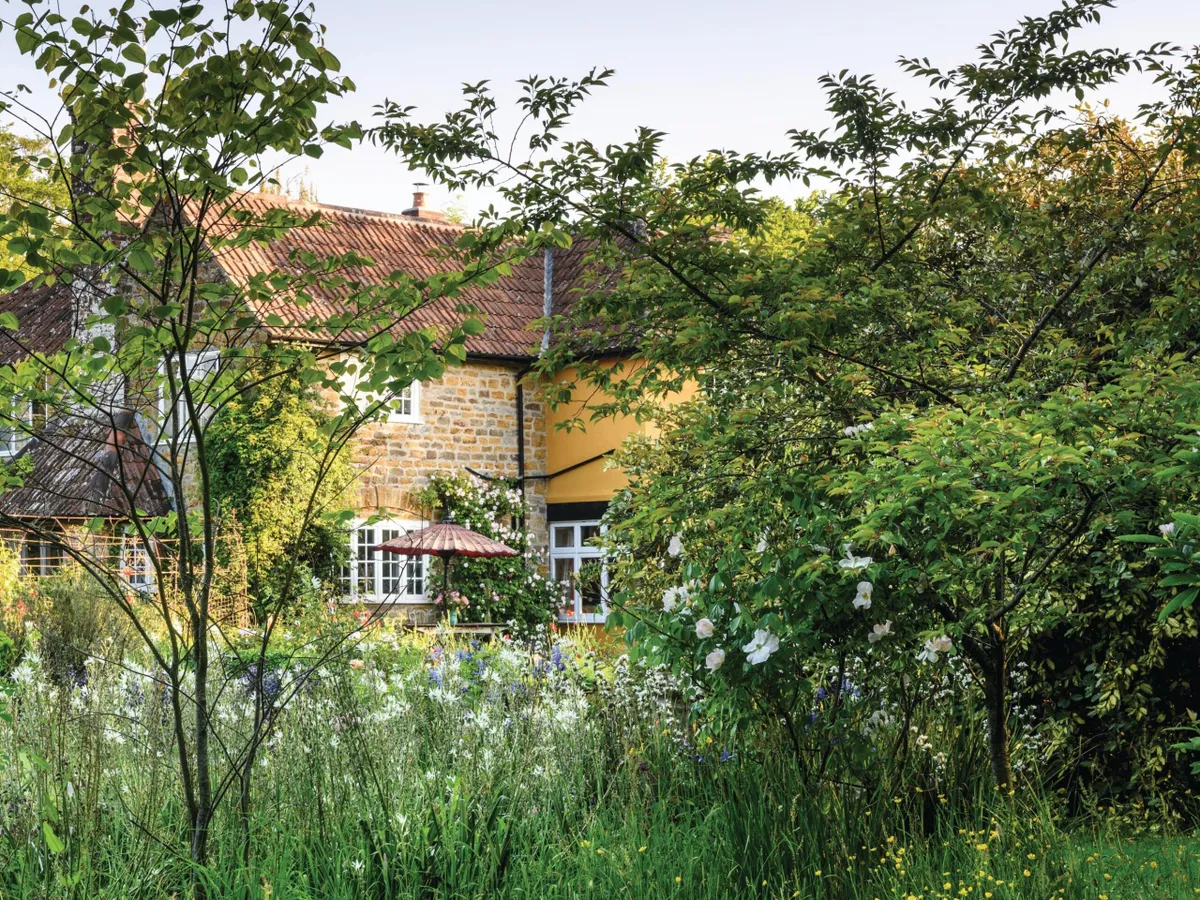
I will always be a gardener, and I hope the new place will welcome me as readily. I hope I will be writing more soon, and I have started giving advice on creating and maintaining wilder areas. So the future looks intriguing… just rather unexpected.
Follow the journey of Charlie's Dorset garden with new owner Joe Swift on his YouTube channel, Joe's Country Garden @joescountrygarden